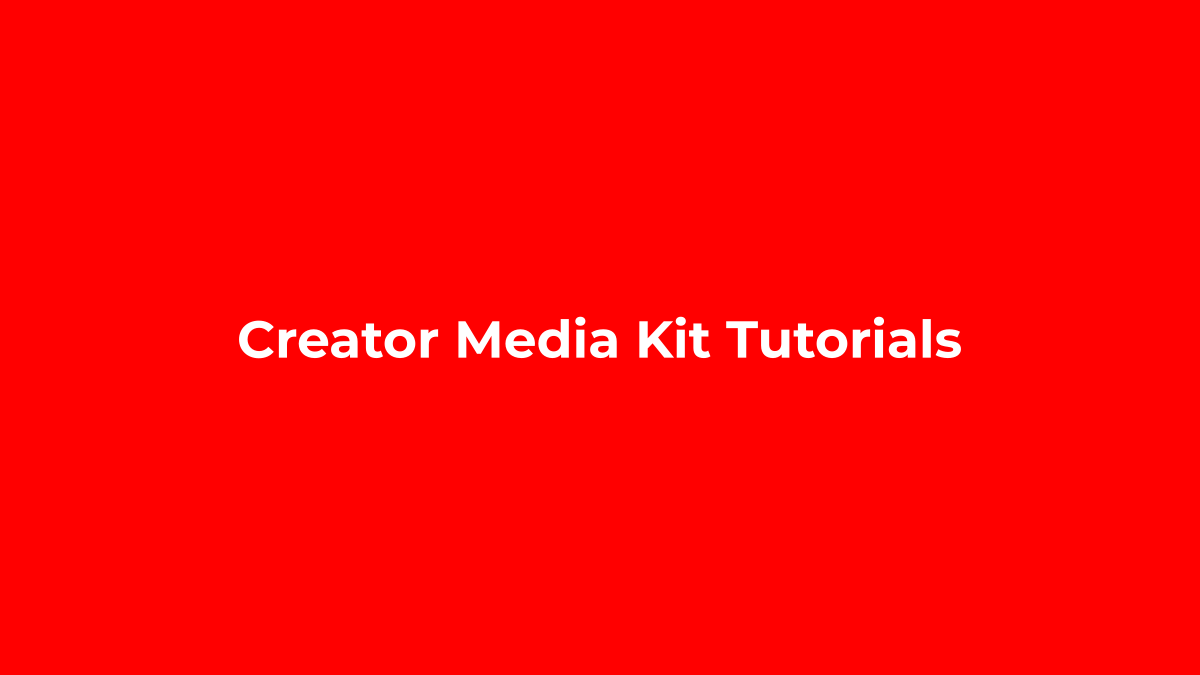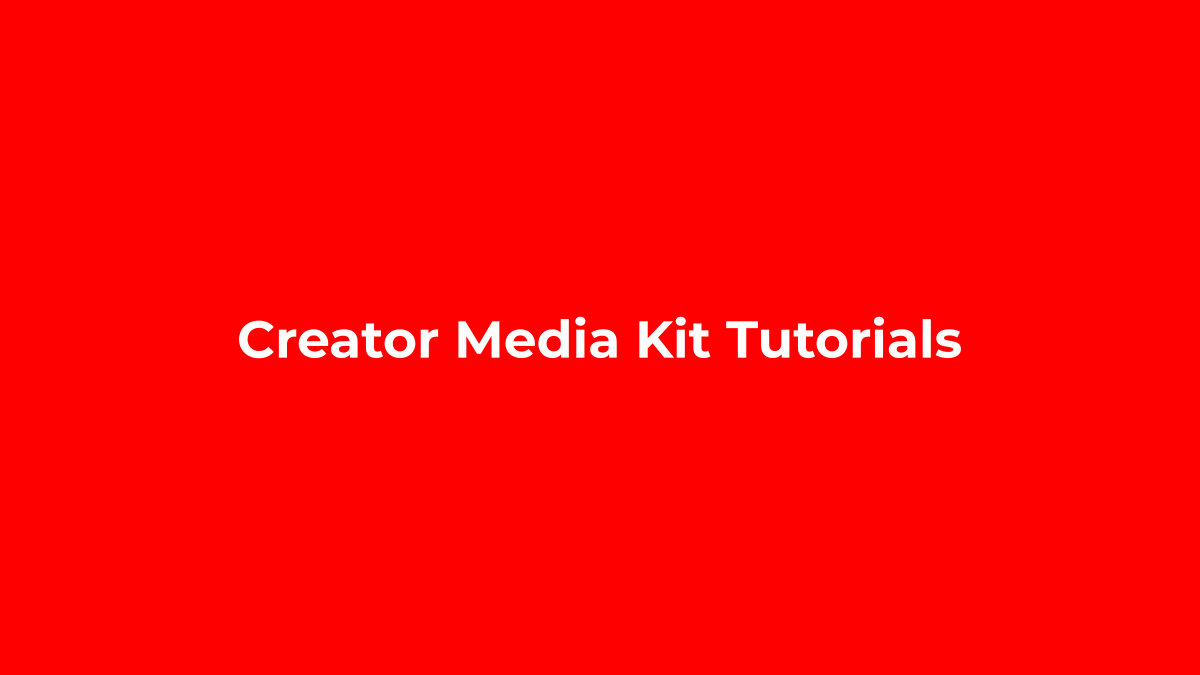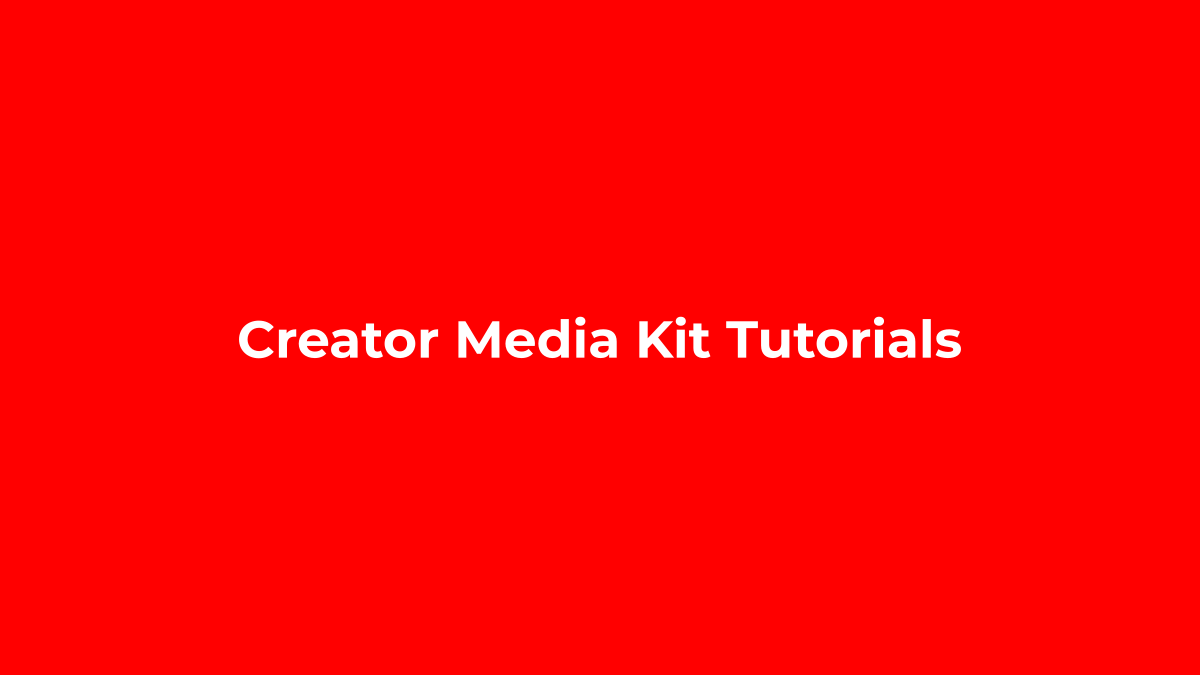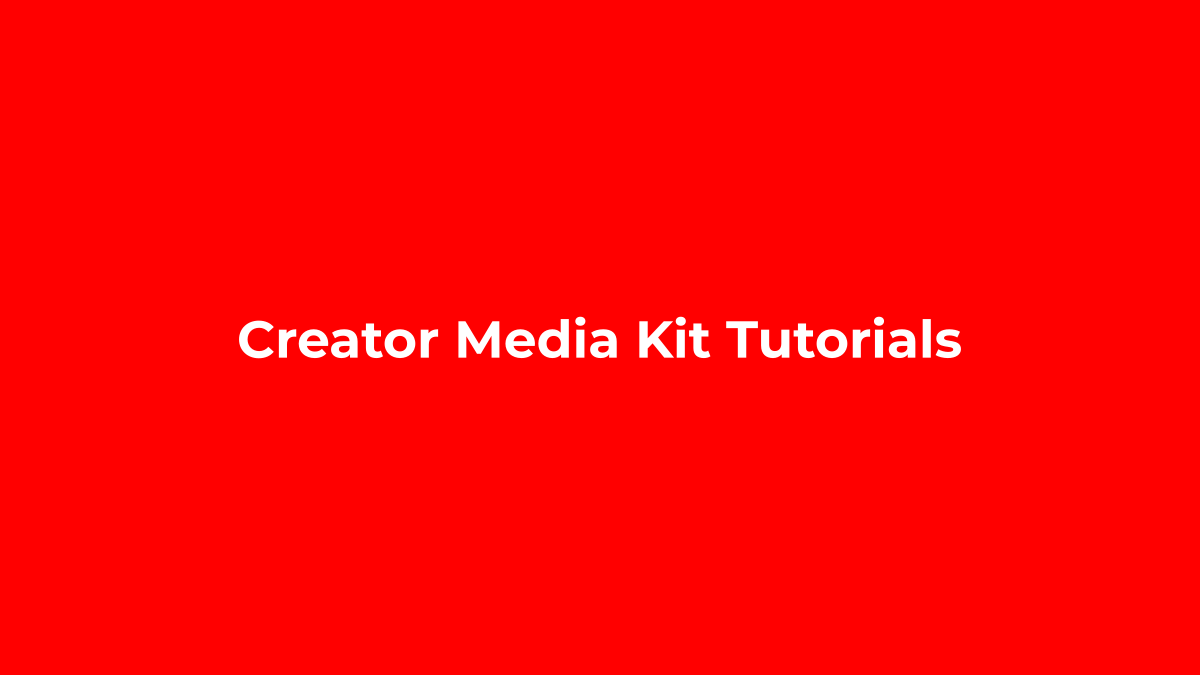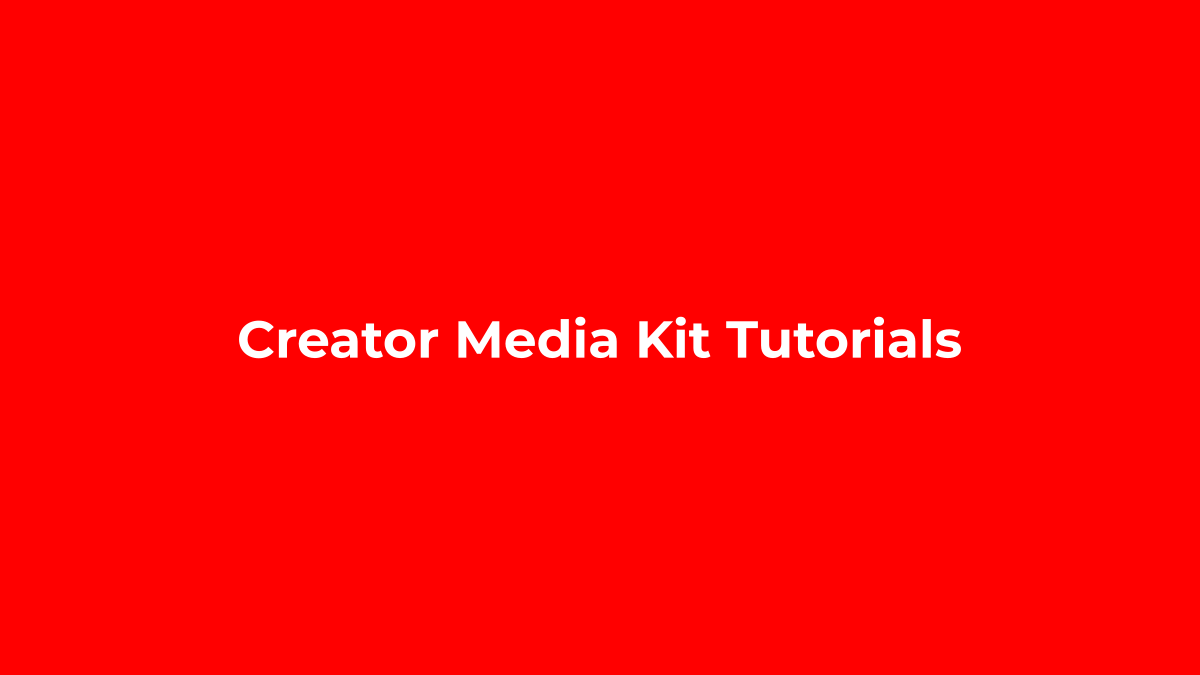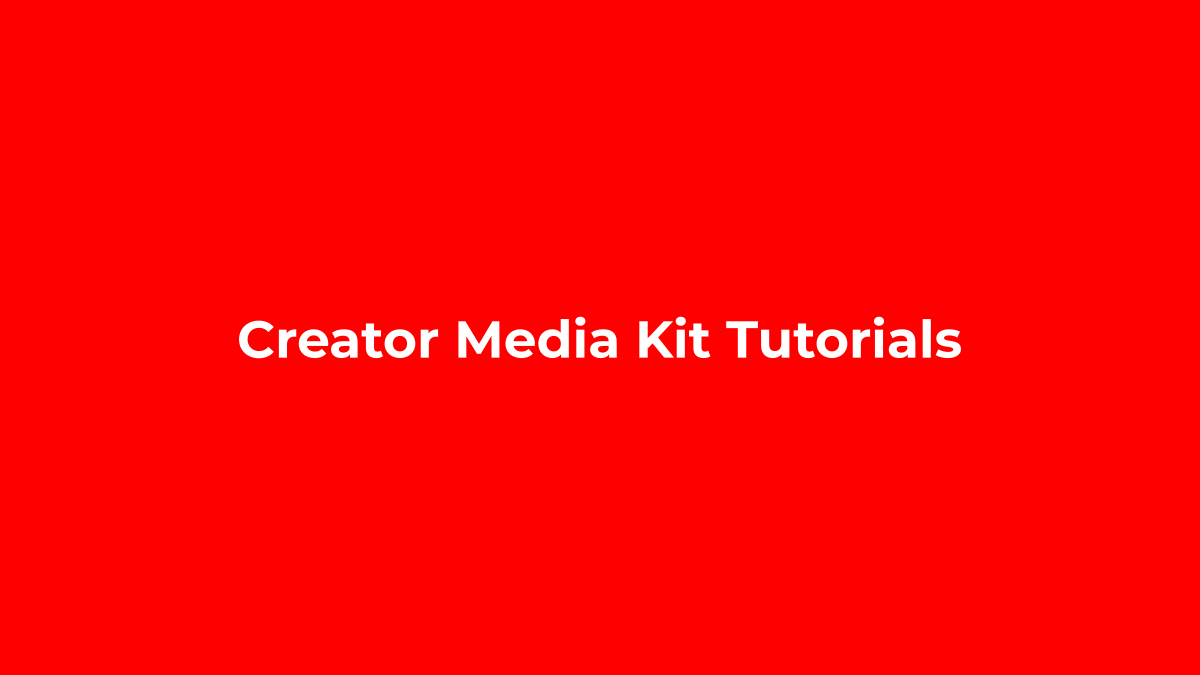Your media kit is a cornerstone for building successful brand collaborations, especially if you’re an Instagram, TikTok, YouTube, or Snapchat creator. Unfortunately, poorly designed media kits can significantly weaken your chances of landing valuable partnerships. In this tutorial, we’ll uncover the worst design mistakes creators make when crafting their media kits—and how to sidestep them.
Contents
Poor Aesthetic Choices
An outdated or unprofessional media kit design creates an instant negative impression that may discourage potential partners. Choosing a polished, modern aesthetic that aligns with your personal and professional brand identity is essential.
- Tip: Stick to clean and minimalistic design elements.
- Example: Use tools like Canva or Adobe Express with professionally designed templates.
Information Overload
Too much information in your media kit will overwhelm readers. Brands need key statistics and highlights at a glance, not your entire biography. Prioritize concise, purposeful content.
- Tip: Include only key metrics such as audience demographics and essential performance data.
- Example: Highlight follower count growth and engagement rate clearly and succinctly.
Lack of Personal Branding
If your media kit doesn’t reflect your unique voice and brand personality, brands can’t clearly determine your suitability as a partner. A strong personal branding element is critical to distinguish yourself.
- Tip: Integrate your recognizable color palette, logo, and typography consistently.
- Example: Reflect the visual feel from your Instagram or TikTok profile within your media kit.
Low-Quality Images and Graphics
Pixelated or unprofessional images indicate low standards and can harm your credibility. The visual content you choose must accurately represent your content quality standards.
- Tip: Use high-resolution, original photography or professional graphics.
- Example: Export final media kits at high-quality PDF or image files for clarity.
Mobile Optimization Oversights
With brands frequently viewing media kits from mobile devices, failing to optimize your kit for mobile will lead to poor user experience and lost opportunities. Ensure your media kit is responsive and easy to navigate on smartphones.
- Tip: Test your media kit across various devices before sending it to brands.
- Example: Provide quick-loading, simplified versions of your media kit formatted for mobile readers.
Conclusion
- Choose polished, professional aesthetics that align with your brand.
- Deliver concise, impactful information tailored to brands.
- Prominently feature your personal branding elements.
- Invest in high-quality visuals to maintain credibility.
- Always optimize your media kit for mobile viewing.
Explore more valuable creator insights at https://mediakits.app/category/creator-media-kit-tutorials/

